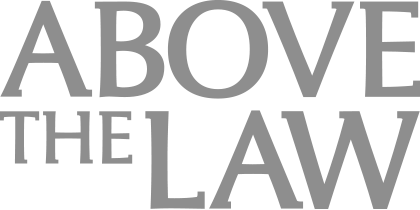The Most Common Bad Question At Deposition Or Trial
The double negatives mean that the questions and answers are generally useless.
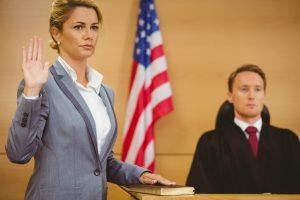 What mistake do I often see even senior lawyers at good firms make when taking depositions or trying cases?
What mistake do I often see even senior lawyers at good firms make when taking depositions or trying cases?
These folks know that questions on direct examination should be open-ended and questions on cross should be leading. I see people err in those regards, of course, but I don’t typically see experienced, knowledgeable folks make those errors.
Here’s the error I see all the time:
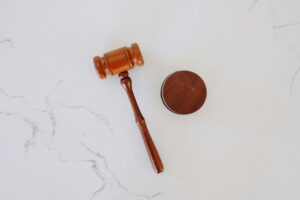
Luxury, Lies, And A $10 Million Embezzlement
Q: “You did not believe that the light was red, right?”
A: “No.” (And perhaps the witness is shaking his head while saying this.)
Or:
Q: “That is not your signature at the bottom of the document, right?”
Sponsored
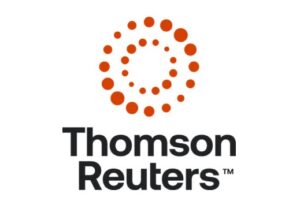
Thomson Reuters' Claims Explorer: A Powerful Tool For Legal Claim Identification


Luxury, Lies, And A $10 Million Embezzlement
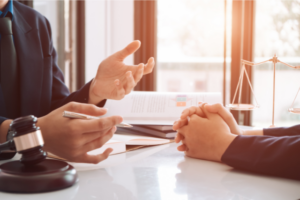
Curbing Client And Talent Loss With Productivity Tech

Tackling Deposition Anxiety: How AI Is Changing The Way Lawyers Do Depositions
A: “No.”
Everyone in the room understands that those “no” answers almost surely mean “yes.” The witness did not believe that the light was red, and the witness’ signature was not at the bottom of the document. But the double negative obscures this. It’s entirely conceivable that the “no” answers might in fact mean “no.”
The double negatives mean that the questions and answers are generally useless: The double negative obtained at deposition cannot be used on summary judgment because it’s ambiguous. Depending on what the video looks like, the double negative at deposition may not be useful for impeachment at trial. And the double negative at trial is similarly useless on appeal; the appellate panel, reading the transcript, will not be sure what the question and answer meant.
It’s true that the double negative conveys meaning in the moment: Everyone at the deposition or trial knows that the “no” answer means “yes.” That’s great — unless you were taking the deposition for a reason, such as setting up a summary judgment motion or creating useful material for impeachment at trial. And the ambiguity is fine at trial — so long as you win. If you happen to lose at trial, you don’t have the record you need for appeal.
It’s thus wrong to say, dismissively, as some do: “We all knew what the witness meant.”
Sponsored
Law Firm Business Development Is More Than Relationship Building

Tackling Deposition Anxiety: How AI Is Changing The Way Lawyers Do Depositions
That’s true. You and the others in the room when the testimony was taken did know what the witness meant. But understanding the witness in the moment was not the only reason you were taking the testimony.
Good lawyers fix the double negative problem in one of three ways:
First, if a good lawyer realizes that he or she inadvertently put a negative in the question and obtained a negative response, the lawyer will immediately correct the error: “I’m sorry. I asked you a bad question, so the answer was confusing. What I said in the preceding question was correct, right?”
That will elicit either a “yes” or a “what was the question again?” that’s an invitation to fix the error.
Second, some lawyers strip the negative out of the question. Thus:
Q: “Did you believe the light was red?”
Or:
Q: “Is that your signature at the bottom of the document?”
The answers to those questions will be not be ambiguous.
But some lawyers tremble at the thought of the questions I’ve just suggested: “Herrmann, you idiot! ‘Did you believe the light was red?’ is not a leading question. If you ask an open-ended question on cross-examination, you’ll get your ass handed to you. You must be a terrible lawyer!”
If asking those questions causes you too much stress, then you could use a third approach. Some lawyers fix the double negative problem by phrasing the questions slightly differently.
Q: “You did not believe that the light was red. Is that statement correct?”
Or:
Q: “That is not your signature at the bottom of the document.’ Is that statement correct?”
Those questions are likely to elicit the necessary “yes” or “yes, that’s correct.”
“Creating a useful record” and “having a conversation” are two entirely different things. If you’re doing the former, do not mistakenly think that you’re doing the latter. Is that correct?
Mark Herrmann spent 17 years as a partner at a leading international law firm and is now deputy general counsel at a large international company. He is the author of The Curmudgeon’s Guide to Practicing Law and Drug and Device Product Liability Litigation Strategy (affiliate links). You can reach him by email at [email protected].
